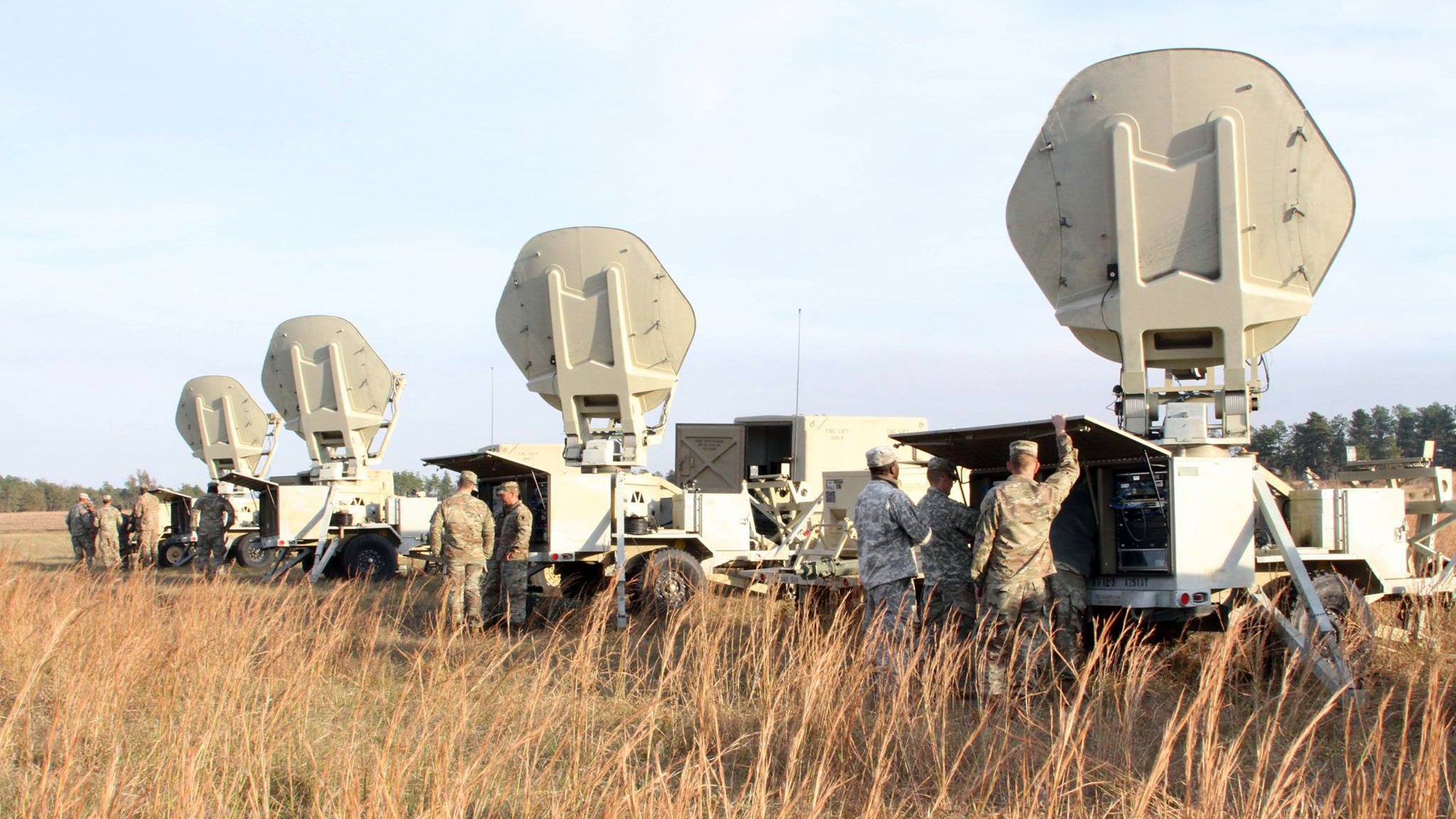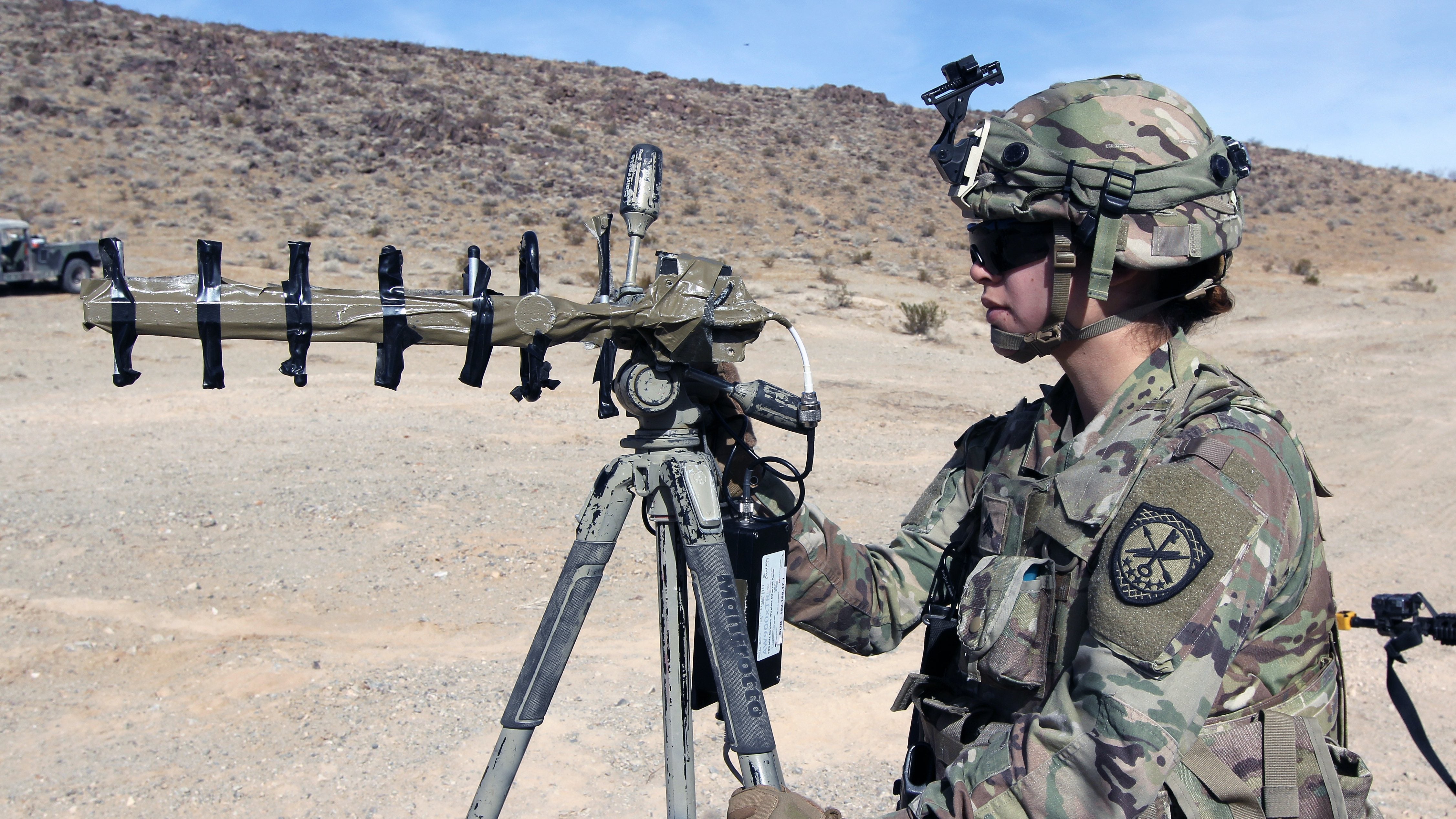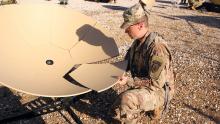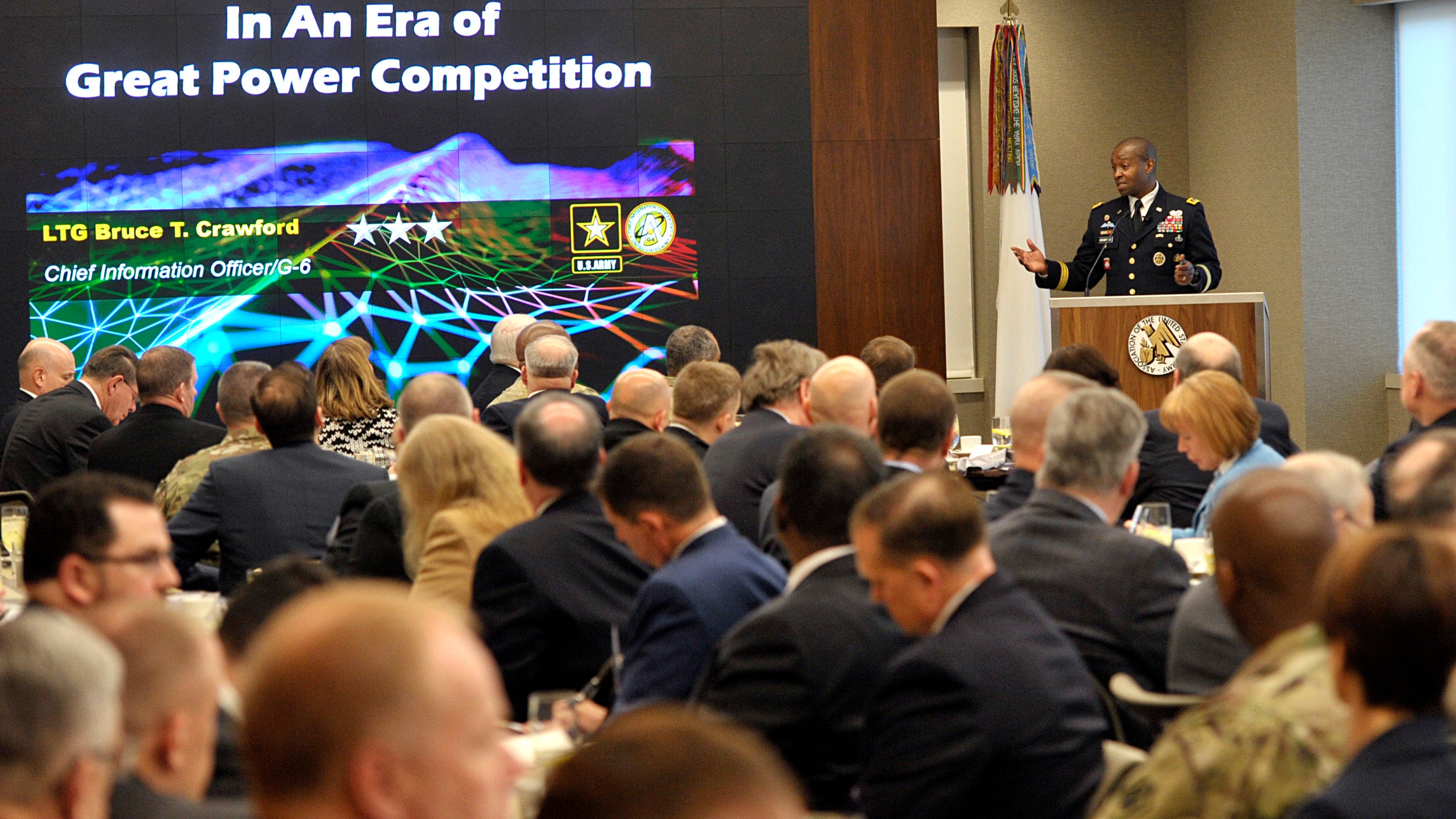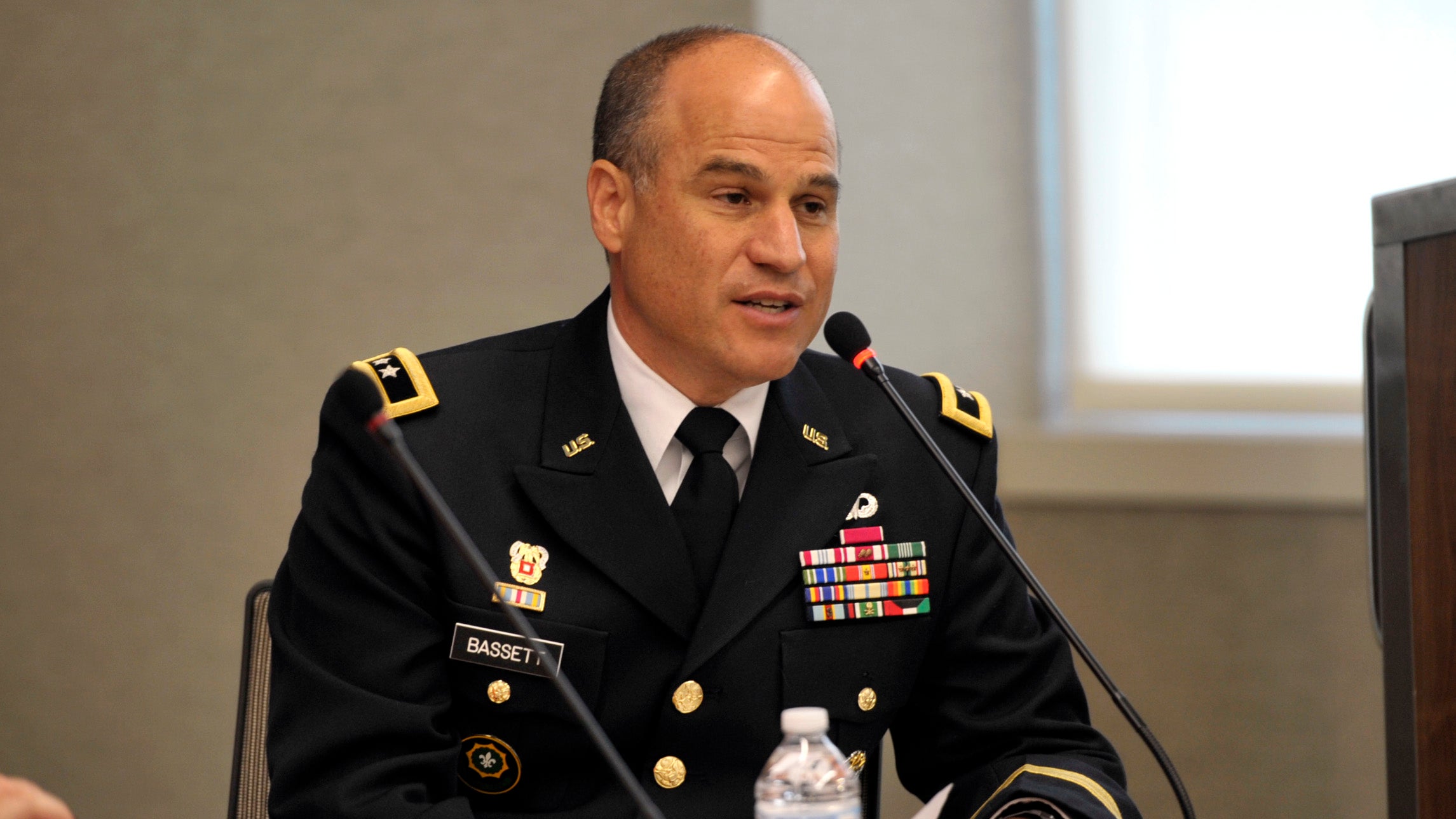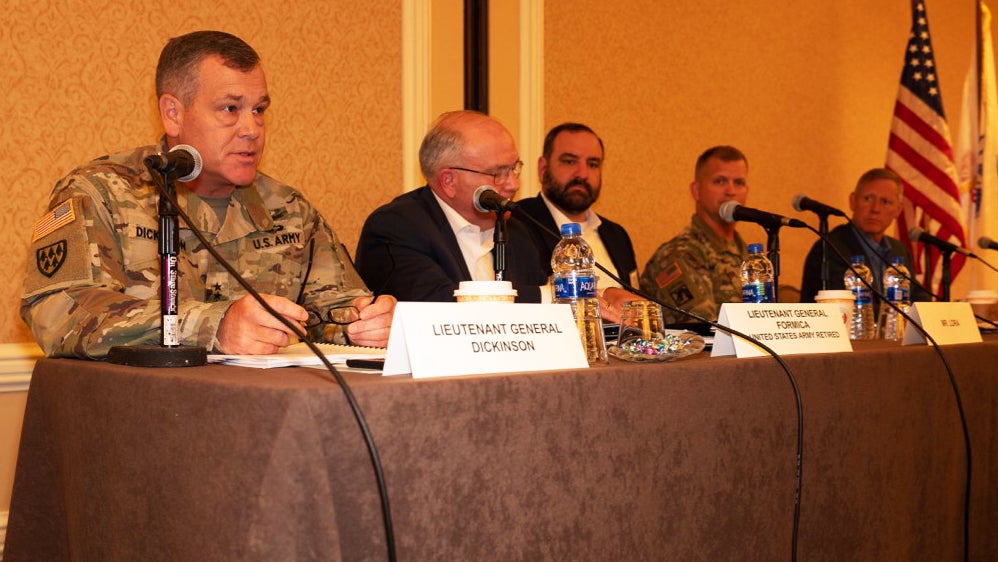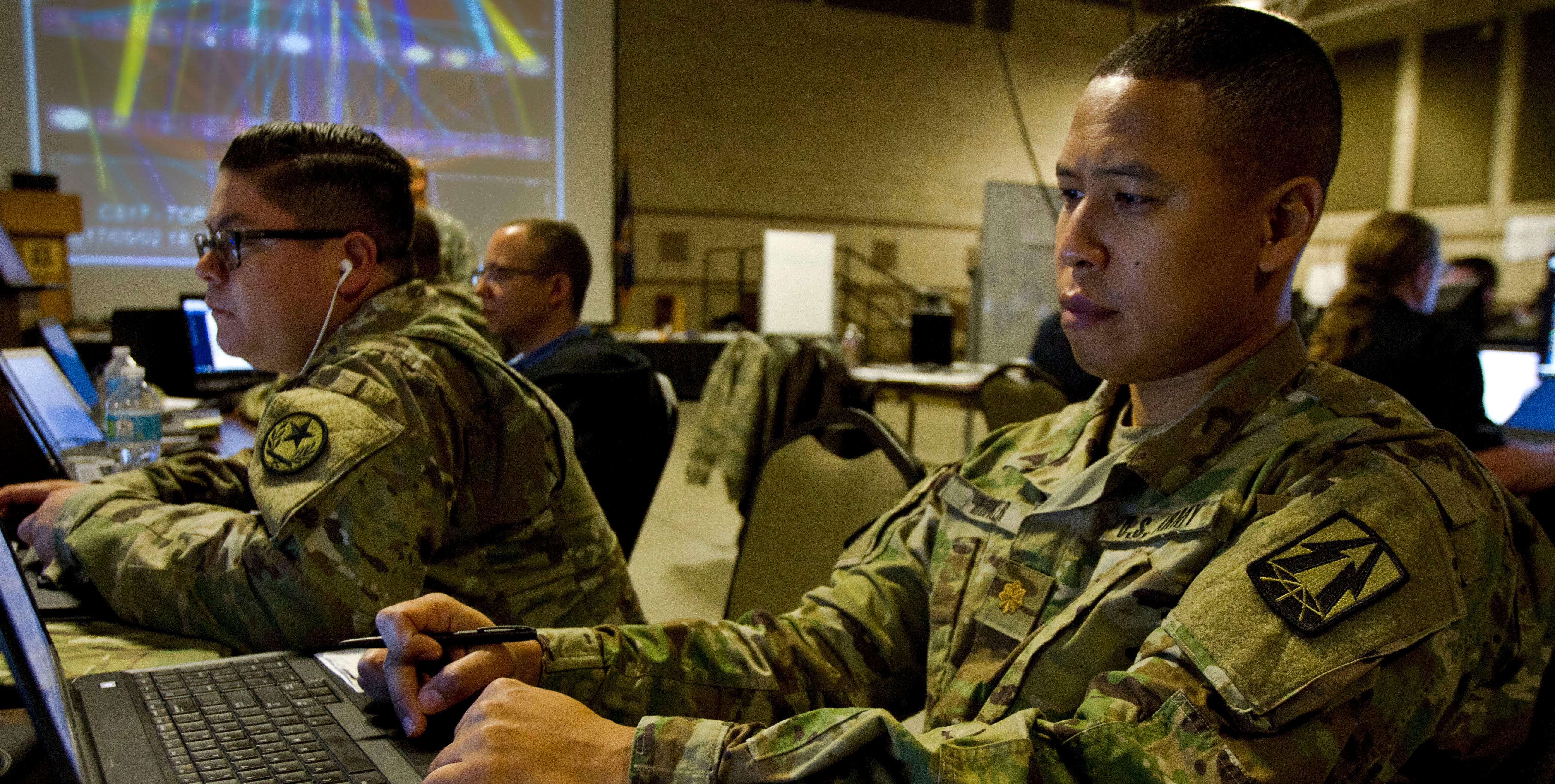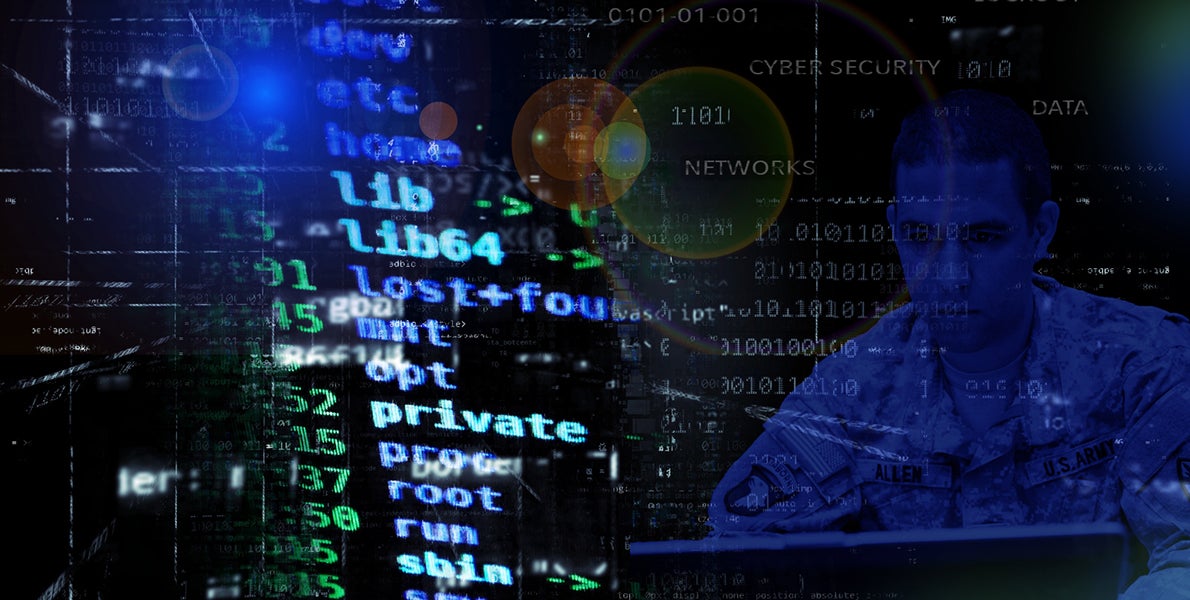Warriors Corner Attendees Get Modernization Updates
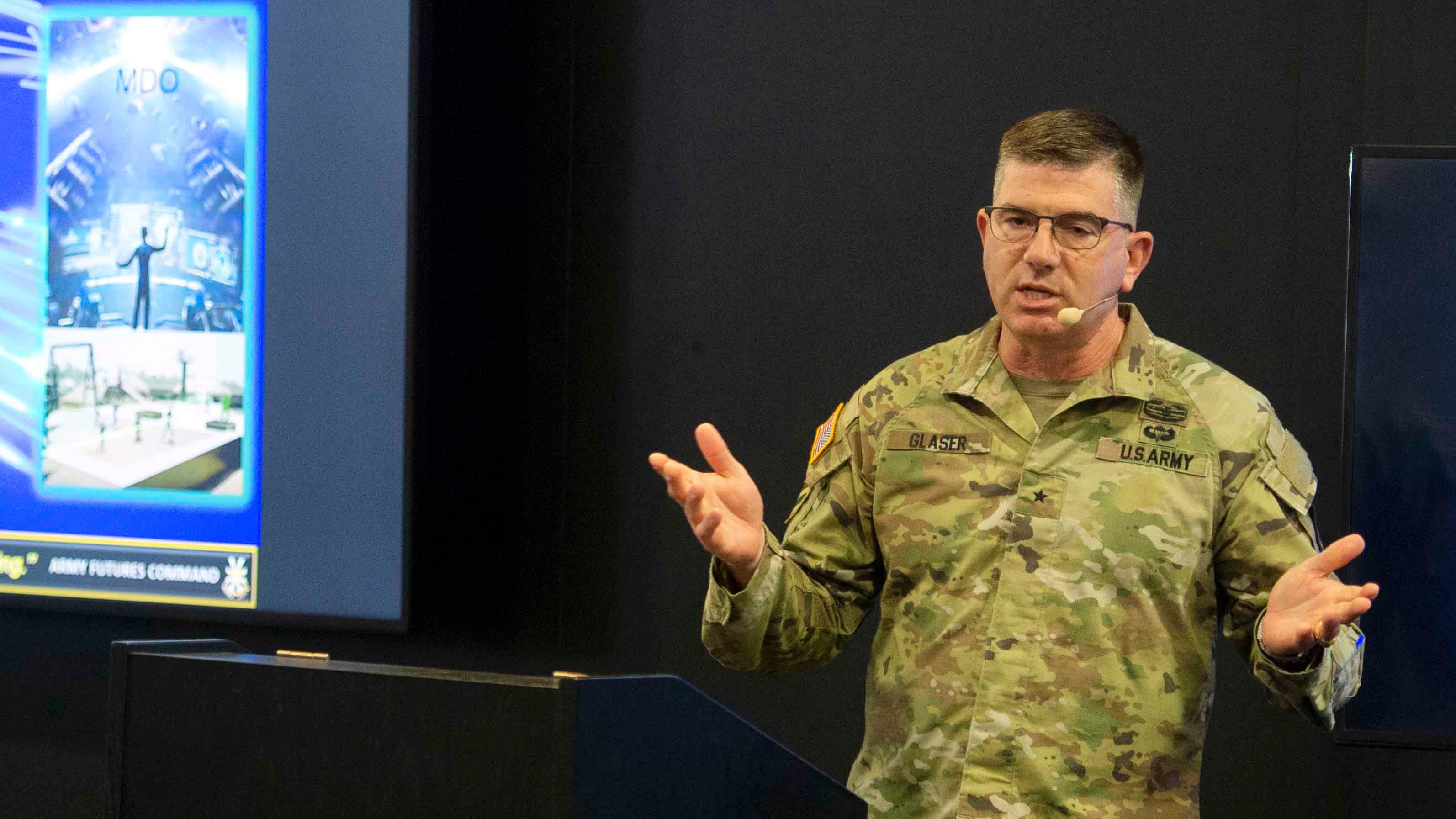
Several of the Army’s cross-functional teams provided updates on their modernization efforts during Warriors Corner presentations at the Association of the U.S. Army’s 2021 Annual Meeting and Exposition.
Topics covered Oct. 12 included the critical ties between aviation modernization and the new modular open systems approach; the role of the Unified Network in enabling decision dominance; the asymmetric advantage provided by synthetic training; and advancements in next-generation combat vehicle development.


